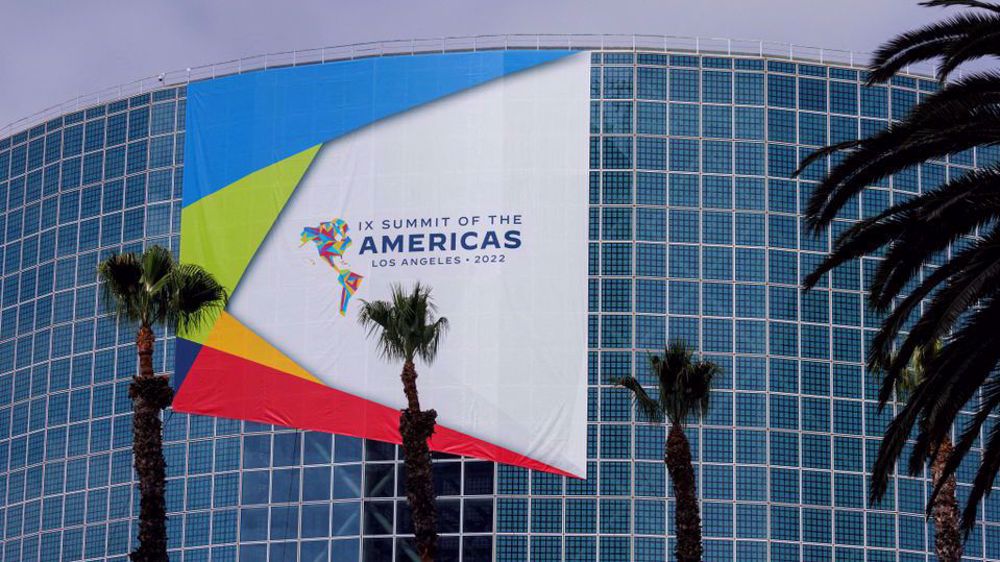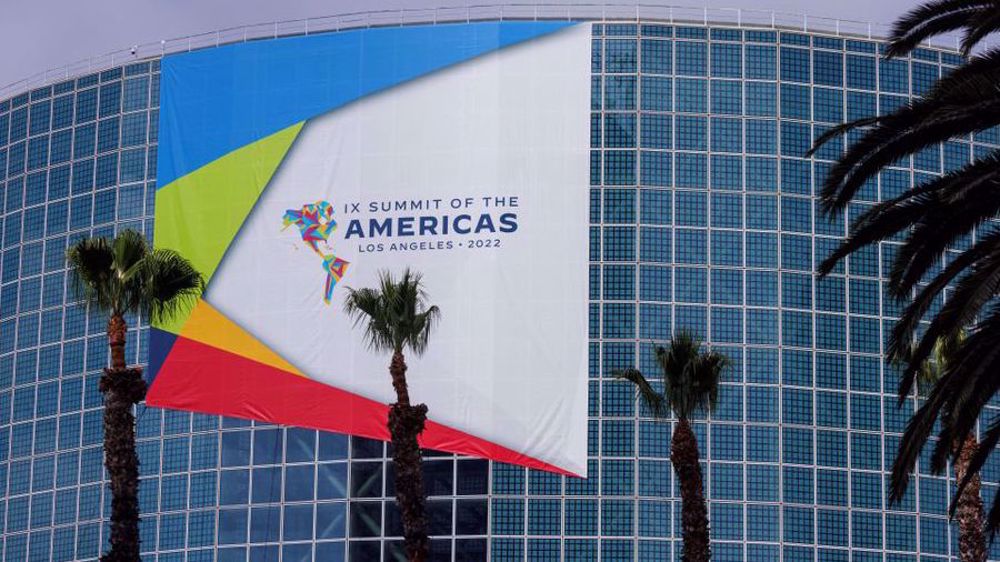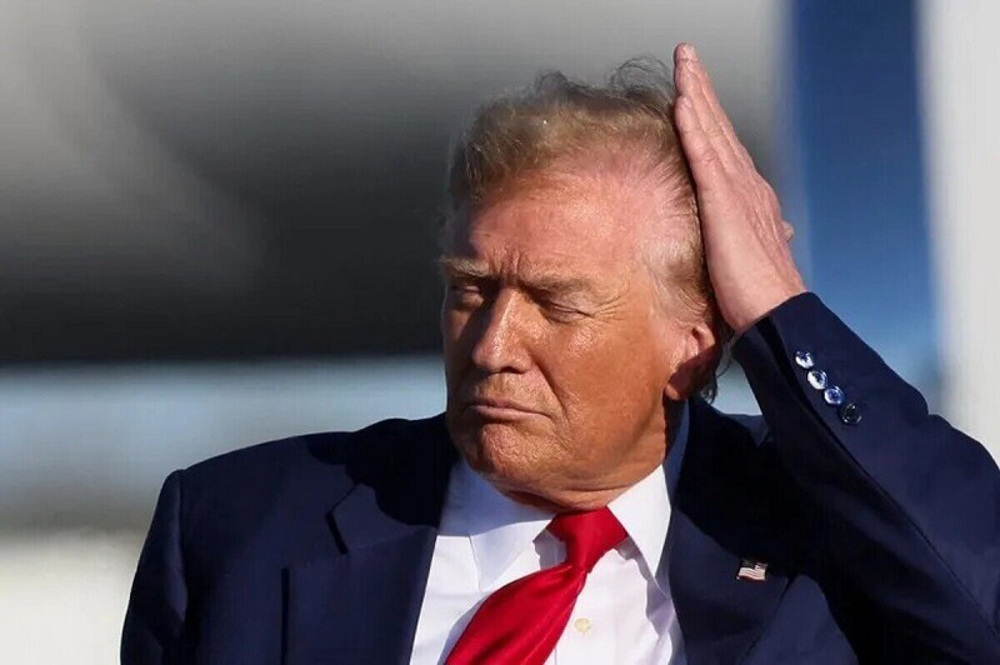Under Biden, China pulls ahead of US in trade in much of Latin America, says report
China has managed to outsmart its arch-foe, the United States, by ramping up trade with Latin American countries since President Joe Biden assumed office early last year, a new report has revealed.
A Reuters report, based on trade data from 2015-to 2021, reveals how the US has been pushed to the back foot in Latin America, despite some regional leaders showing up in Los Angeles for the Summit of the Americas.
The report finds that except for Mexico, which is the top US trade partner, China has overtaken the US in the region and further widened the trade gap.
The alarming trend for Washington, driven by countries in resource-rich South America, clearly shows how the Asian country - the world’s second-largest economic power - managed to win against the US in a region long seen as its backyard.
The US and Mexico, a next-door neighbor to the south, have had a free trade deal since the 1990s and the amount of commerce between them alone surpasses Washington’s commerce with the rest of Latin America.
A gap in trade between the US and the region first began to appear under former American president Donald Trump and has grown in size since Biden came to power in January 2021.
Biden has so far failed to seal the gap or narrow it down, despite his pledge to restore Washington’s role as a global leader and to refocus attention on Latin America after years of what he once described as “neglect.”
The report cited some current and former officials as stressing that Washington had been slow to take concrete measures to fill the growing gap and that China, a major buyer of grains and metals, simply offered more to Latin America’s countries in terms of trade and investment.
Mexico aside, “the most important commercial, economic and technological ties for Latin America are definitely with China, which is the top trade partner for the region, well above the United States,” said Juan Carlos Capunay, Peru's former ambassador to China.
The latest available data show that the total trade flows – both imports and exports – between Latin America – minus Mexico – and China reached nearly $247 billion in 2021, which was way above the $174 billion with the US.
As for Mexico, its trade flows with the US were $607 billion in 2021, above the $496 billion reached in 2015. On the other hand, Mexico’s trade with China was around $110 billion, up from about $75 billion six years before.
According to US officials, the American president would announce what is called an “Americas Partnership” plan at the summit. The plan, which is a clear attempt to provide a substitute to China, is said to be aimed at promoting pandemic recovery through building on existing trade agreements.
They also said that the plan would aim to “mobilize investments, reinvigorate the Inter-American Development Bank, create clean energy jobs and strengthen supply chains.”
Such an initiative, however, could “face US protectionist pushback as well as questions about how the region’s widely diverse economies could make it work,” the report said.
A losing battle
In a bid to divert the trade focus of Latin America from China to the US, Biden aides have paid visits to the region, openly accusing Beijing of using the investment to create what they called “debt traps” for Latin countries, and trying to convince them that Washington is a more reliable and transparent partner for doing business.
“As long as China is ready to put its cash on the table, we seem to be fighting a losing battle,” Reuters cited an unnamed US official as saying, conceding that the US faced a tough challenge.
The official’s remarks come as China currently leads in Argentina, has extended its lead in Andean copper giants Chile and Peru, and has seen a huge advance in Brazil.
Biden arguably views the US-hosted Summit in Los Angeles as a key platform to country China, but the gathering has already suffered from no-shows, including Mexican President Andres Manuel Lopez Obrador over the exclusion of countries like Cuba and Venezuela.
“There’s bipartisan agreement that the US just hasn’t been at the table. The Summit is part of solving that but there needs to be something concrete that comes out of it,” said Eric Farnsworth, a former White House official now at the Council of the Americas think tank, noting that soaring prices of commodities had boosted Latin America-China trade figures.
VIDEO | Trump destabilizing nations
VIDEO | Palestinians condemn Israeli decision targeting Ibrahimi Mosque authority
VIDEO | Economic protests in Iran exploited by organized rioters
Iran receives first image from Tolou-3 remote-sensing satellite after successful orbital tests
Israeli foreign minister’s visit to Somaliland sparks diplomatic outrage
Gold inches closer to record peak as geopolitical risks lift safe-haven demand
Historic hospital leveled in Quneitra amid Israeli incursions into Syria
Palestinian activist on hunger strike near organ failure in UK prison












 This makes it easy to access the Press TV website
This makes it easy to access the Press TV website